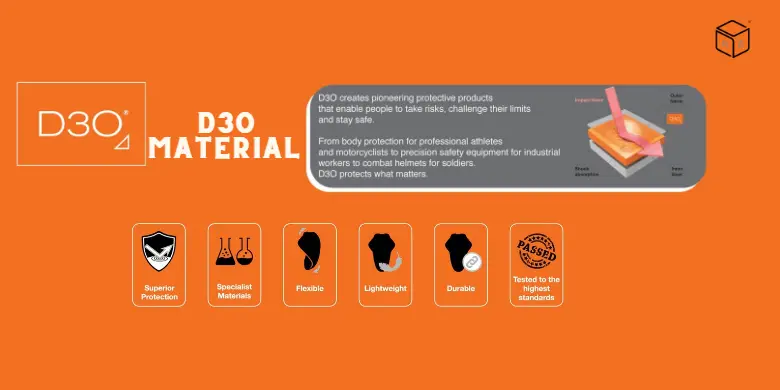Welcome to the dawn of 6G technology! This groundbreaking advancement signals a monumental leap forward in digital connectivity. The world’s first 6G prototype device, unveiled by Japanese firms DOCOMO, Fujitsu, NEC, and NTT, promises unprecedented speeds and capabilities, reshaping the landscape of wireless communication. With speeds 20 times faster than its predecessor, 6G is poised to revolutionize how we interact with the digital world. RadiumBlog is thrilled to explore this exciting new frontier and delve into the features and potential of this cutting-edge technology. Join us as we embark on a journey to uncover the transformative impact of 6G on our connected future.
The Arrival of 6G: A Game-Changer in Connectivity
The unveiling of the world’s first 6G prototype device, a result of the joint efforts of Japanese companies DOCOMO, Fujitsu, NEC, and NTT, has sparked excitement and anticipation worldwide. This groundbreaking achievement represents a significant leap forward in our digital journey, promising to revolutionize the way we connect and communicate. With speeds projected to be 20 times faster than its predecessor, 6G holds the potential to transform industries, enhance virtual experiences, and unlock new possibilities in areas like healthcare, education, and entertainment. The collaborative nature of this endeavor highlights the power of innovation and partnership in driving technological progress. As the world eagerly awaits the commercialization of 6G technology, there is a sense of optimism and curiosity about the transformative impact it will bring to our lives. From ultra-fast downloads to seamless connectivity, the possibilities with 6G are endless, and its emergence marks the beginning of an exciting new chapter in the evolution of digital connectivity.
Breaking Speed Barriers: The Power of 6G
The advent of 6G technology heralds a new era of lightning-fast data transmission, poised to transform the way we connect and communicate. With speeds surpassing its predecessor by a staggering 20 times, 6G offers unparalleled connectivity that promises to revolutionize various industries and sectors. Imagine being able to download movies, games, and large files in a matter of seconds, regardless of whether you’re indoors or outdoors. This remarkable advancement in wireless communication is made possible by the ability to transmit data at an astounding rate of 100 gigabits per second (Gbps) over distances of up to 100 meters. Such capabilities not only set a new standard for data transmission but also pave the way for innovative applications and services that were previously unimaginable. From virtual reality experiences to real-time remote surgeries, the potential applications of 6G technology are limitless. As we embrace this next frontier in connectivity, we can anticipate a future where information flows seamlessly, empowering individuals and organizations to achieve new heights of productivity and innovation.
Navigating Challenges: Overcoming Hurdles in 6G Implementation
Despite its promising potential, the journey towards embracing 6G technology is not without hurdles. One of the major challenges is the development of robust infrastructure capable of supporting the ultra-high frequencies utilized by 6G networks. These frequencies, ranging from 100 GHz to 300 GHz, pose unique obstacles such as signal interference and limited range, especially in urban environments where obstacles like buildings and trees can obstruct signal transmission. Additionally, the current lack of wireless devices compatible with 6G systems further complicates the adoption process. Without devices capable of harnessing the full capabilities of 6G networks, the widespread implementation of this technology remains a distant goal. These difficulties, however, create possibilities for industry innovation and collaboration. By investing in research and development to overcome infrastructure limitations and accelerate the production of compatible devices, stakeholders can pave the way for a future where 6G technology enriches our lives in unprecedented ways, from enhancing communication networks to driving technological advancements across various sectors.
Safety Concerns: Addressing Health Implications of 6G
Despite the buzz surrounding the advent of 6G technology, lingering concerns persist regarding its potential effects on human health. Although health organizations have reassured the public about the safety of 5G and, by extension, 6G, doubts linger regarding the long-term consequences of prolonged exposure to these wireless networks. While some studies have raised alarms about potential risks, particularly in relation to cancer, conclusive evidence remains elusive. As a result, the debate surrounding the health implications of 5G and 6G continues, prompting calls for further research and vigilance. It’s crucial for health authorities and researchers to continue monitoring the situation closely, conducting comprehensive studies to assess any potential health risks associated with these advanced communication technologies. Only through ongoing investigation and collaboration can we ensure the safe and responsible deployment of 6G networks, balancing the benefits of enhanced connectivity with the need to safeguard public health and well-being.
The Road Ahead: Embracing the Future of Connectivity
As we set out on the path toward implementing 6G technology, it’s crucial to prioritize not just technological progress, but also safety and sustainability. By approaching the development and deployment of 6G with careful planning and collaboration, we can ensure that this next generation of wireless communication benefits society while minimizing any potential negative impacts. This means considering factors like environmental sustainability, ensuring that the infrastructure needed for 6G is built in a way that minimizes its ecological footprint. Additionally, safety measures must be put in place to address any health concerns related to prolonged exposure to electromagnetic radiation. By striking a balance between innovation and responsibility, 6G has the potential to transform the way we connect and communicate, opening up new possibilities for collaboration, education, and economic growth. It’s important for stakeholders across industries to work together to harness the power of 6G in a way that benefits everyone and ensures a brighter, more connected future for all.
Conclusion
In conclusion, the debut of the world’s inaugural 6G prototype device marks a monumental leap forward in the trajectory of wireless communication. As we peer into the horizon of possibilities, the potential of 6G technology presents limitless opportunities to reimagine connectivity and sculpt the digital terrain for future generations. With its unprecedented speeds and capabilities, 6G holds the key to unlocking a new era of innovation and transformation. As we eagerly anticipate the dawn of this groundbreaking technology, let us embrace the journey ahead with optimism and determination. Together, we stand poised to harness the power of 6G and shape a future where connectivity knows no bounds. For more insightful content, stay tuned to Radiumblog.
Also Read:
From Concept to Market: The Journey of New Product Development
FAQs
Q: Who developed the world’s first 6G prototype device?
A: The world’s first 6G prototype device was developed by four Japanese firms: DOCOMO, Fujitsu, NEC, and NTT.
Q: What are the key features of 6G technology?
A: 6G technology promises ultra-fast data transmission speeds, up to 20 times faster than 5G, with the potential to transmit data at 100 Gbps over a distance of 100 meters.
Q: What are some challenges associated with 6G technology?
A: Challenges include infrastructure development, signal interference at ultra-high frequencies, and concerns about potential health impacts.
Q: How does 6G technology differ from 5G?
A: 6G technology operates at even higher frequencies than 5G, offering faster speeds and greater capacity for data transmission.




